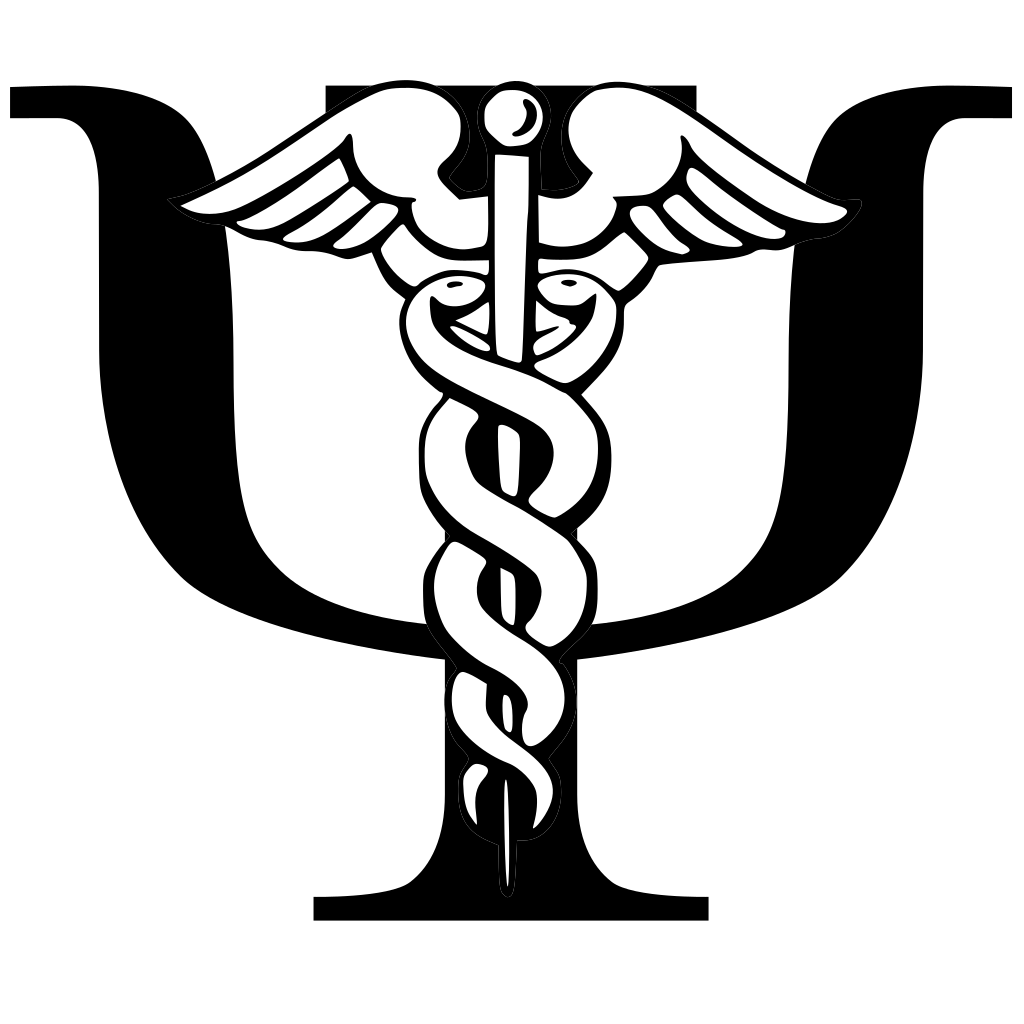Introduction
We are going to cover antipsychotics, a class of drugs primarily used to treat psychotic disorders such as schizophrenia, mania due to bipolar disorder, and severe depression.

Dopamine Hypothesis and Psychosis
To understand the mechanism of action of antipsychotic drugs, we first need to discuss the role of dopamine in the development of psychosis. The monoamine neurotransmitter dopamine plays a key role in the dopamine hypothesis, which argues that the unusual behavior and experiences associated with psychosis can largely be explained by changes in dopamine function in the brain.
Dopamine Pathways
Dopamine affects the brain through four major pathways:
- Mesolimbic Pathway: Thought to be hyperactive in schizophrenia and mediates positive symptoms of psychosis such as delusions and hallucinations.
- Mesocortical Pathway: Thought to be underactive in schizophrenia and mediates negative psychotic symptoms such as loss of motivation and social withdrawal.
- Nigrostriatal Pathway: Part of the extrapyramidal nervous system, controlling motor function and movement. Dopamine deficiency can lead to dystonia and Parkinsonian symptoms, while excess dopamine can lead to hyperkinetic movements such as tics and dyskinesias.
- Tuberoinfundibular Pathway: Controls prolactin secretion. Dopamine in this pathway inhibits prolactin release, which is involved in milk production, sexual desire, and immune regulation.
Dopamine Receptors
Dopamine interacts with five primary types of receptors: D1, D2, D3, D4, and D5. D1 and D2 receptors are found in high density in pathways involved in psychotic disorders, with D2 receptors being the main targets of antipsychotic drugs.
Types of Antipsychotics
Antipsychotics are classified into two groups: first-generation (typical) and second-generation (atypical) agents.
First-Generation Antipsychotics (Typicals)
These drugs primarily block D2 receptors and are not selective for any of the four dopamine pathways, leading to both positive and negative effects:
- Positive Effects: Reduction of positive symptoms (delusions, hallucinations) by blocking D2 receptors in the mesolimbic pathway.
- Negative Effects: Worsening of negative symptoms (diminished energy, lack of motivation) due to blocking D2 receptors in the mesocortical pathway, extrapyramidal disorders (tardive dyskinesia, Parkinsonian symptoms) from blocking D2 receptors in the nigrostriatal pathway, and increased prolactin levels (galactorrhea, gynecomastia, sexual dysfunction) from blocking D2 receptors in the tuberoinfundibular pathway.
Potency of Typical Antipsychotics
Typical antipsychotics are subclassified based on their affinity for D2 receptors:
- High Potency: Haloperidol, Fluphenazine, Prochlorperazine, Trifluoperazine. These produce stronger antipsychotic effects at low doses but cause more extrapyramidal side effects and higher prolactin levels.
- Low Potency: Chlorpromazine. These bind less tightly to D2 receptors and affect other receptors (alpha-adrenergic, cholinergic, histamine), leading to side effects like orthostatic hypotension, anticholinergic symptoms (dry mouth, blurred vision), and sedation.
Second-Generation Antipsychotics (Atypicals)
Atypicals block both D2 and serotonin 2A receptors, which helps increase dopamine levels in needed areas and reduces negative symptoms and extrapyramidal side effects:
- Examples: Aripiprazole, Clozapine, Lurasidone, Olanzapine, Quetiapine, Risperidone, Ziprasidone.
- Receptor Binding Profiles: These drugs also bind to other serotonin subtypes, histamine, alpha-adrenergic, and muscarinic receptors, leading to varying side effects.
Side Effects of Atypical Antipsychotics
- Clozapine and Olanzapine: Metabolic side effects (weight gain, hyperglycemia, dyslipidemia) due to strong affinity for serotonin 2C receptors.
- Clozapine, Olanzapine, Quetiapine: Sedation and weight gain due to strong affinity for H1 receptors.
- Clozapine and Risperidone: Orthostatic hypotension due to affinity for alpha-1-adrenergic receptors.
- Risperidone: Highest potential for extrapyramidal side effects and hyperprolactinemia due to strong affinity for D2 receptors.
- Clozapine: Risk of agranulocytosis, a serious condition where bone marrow fails to produce enough white blood cells, requiring regular blood monitoring.
No responses yet